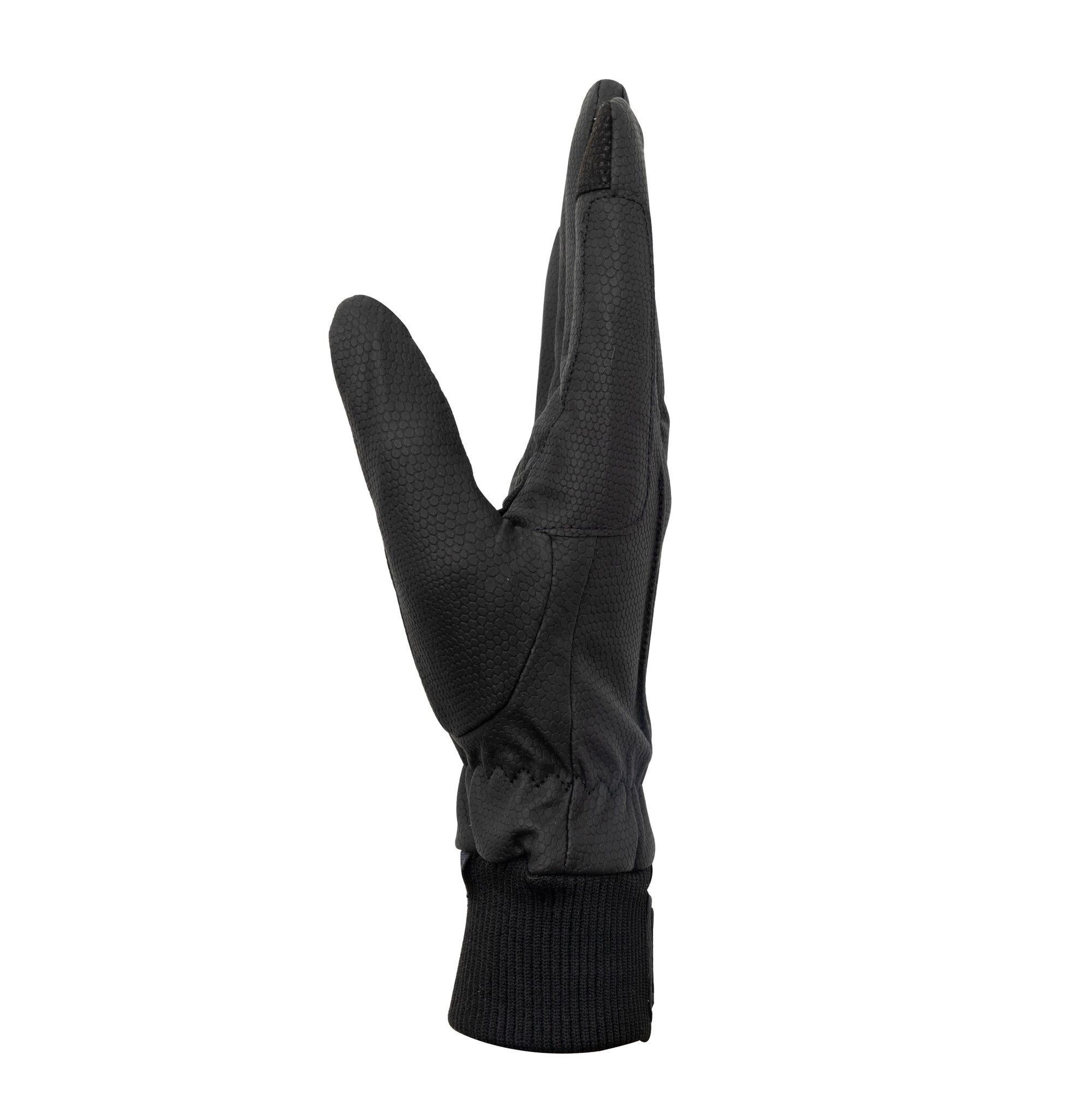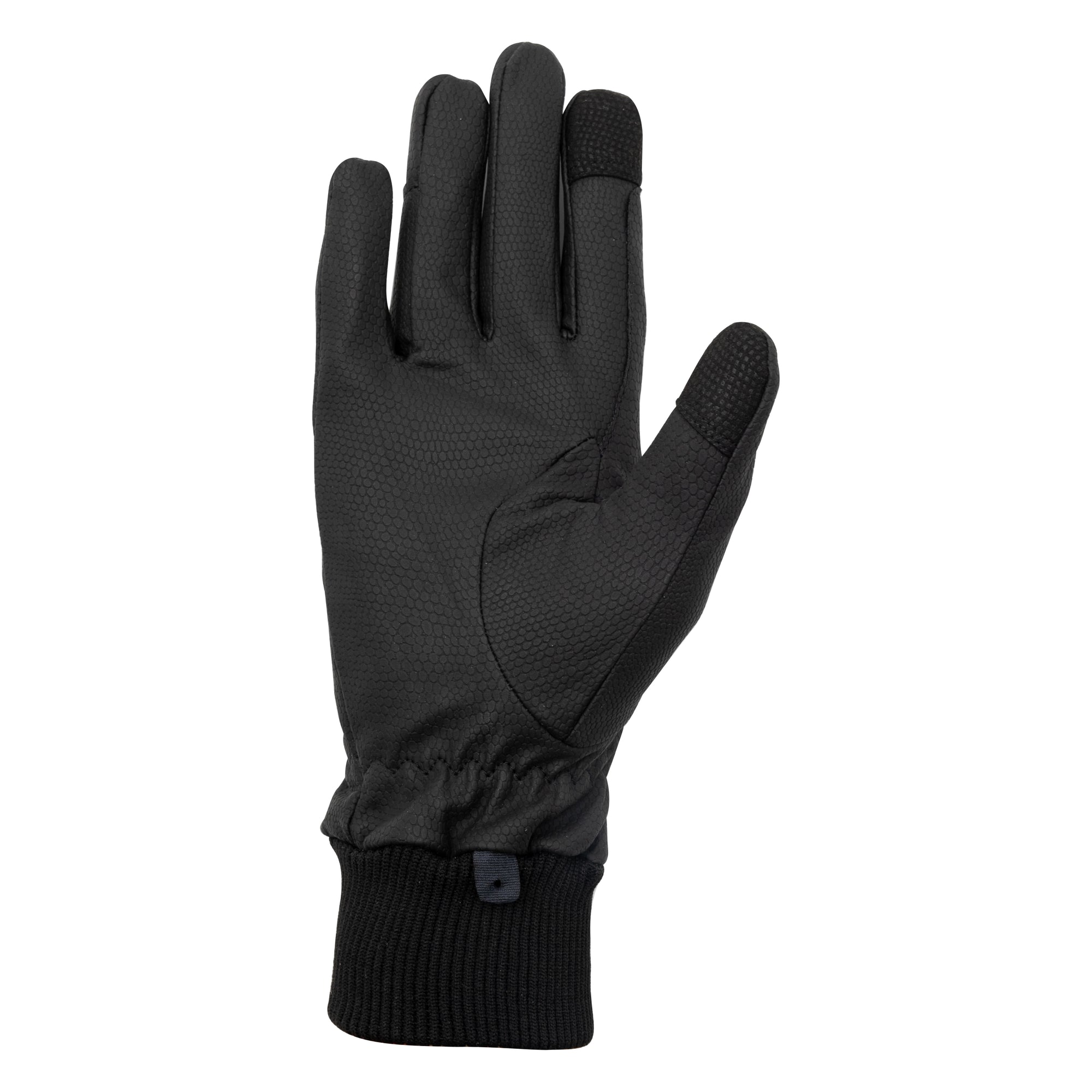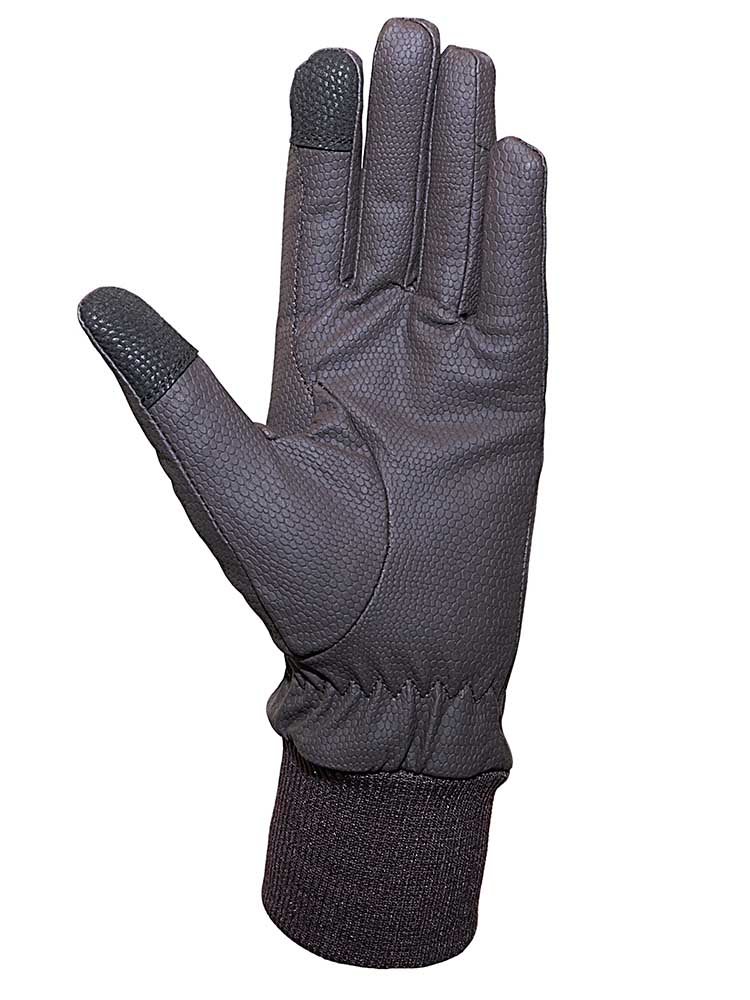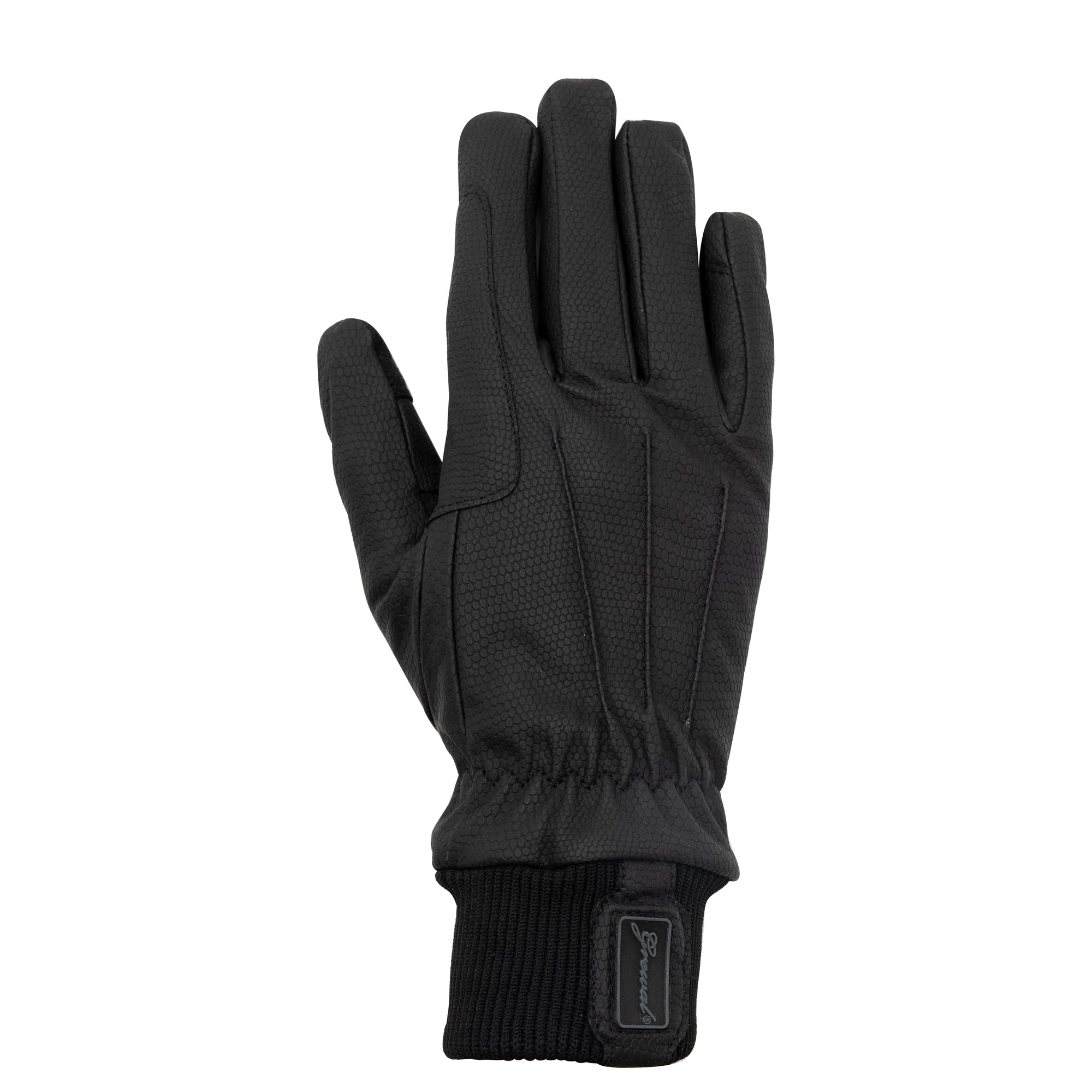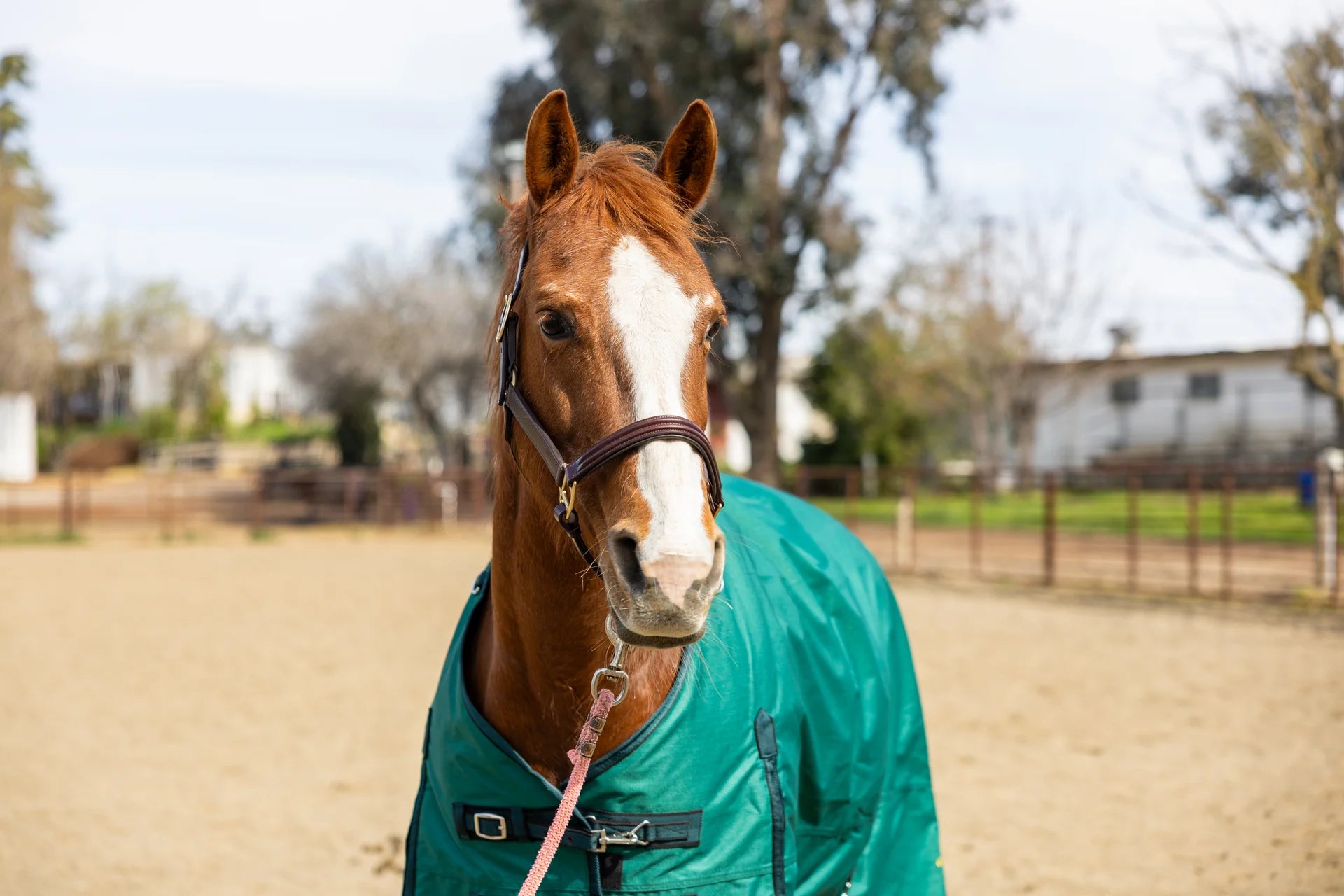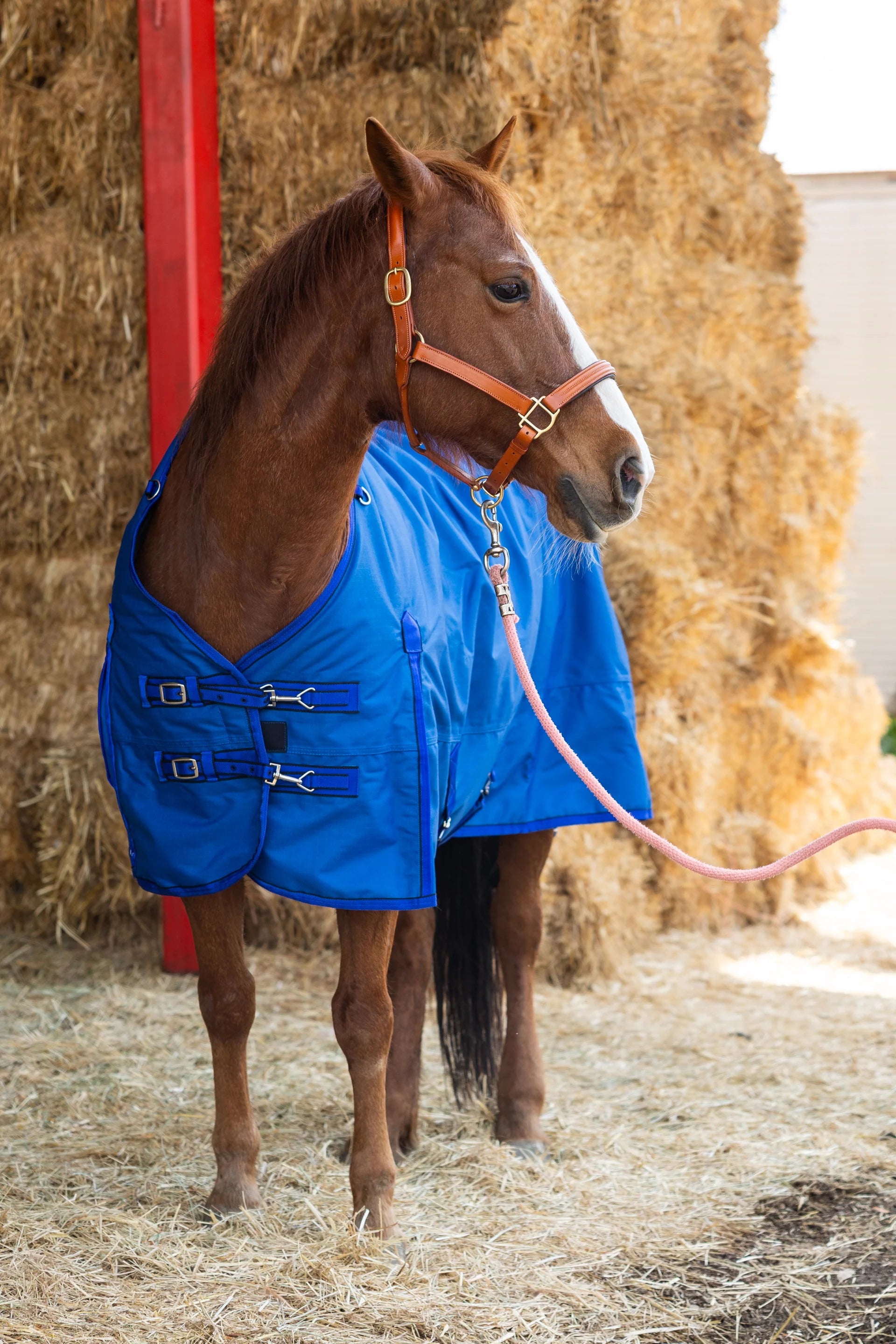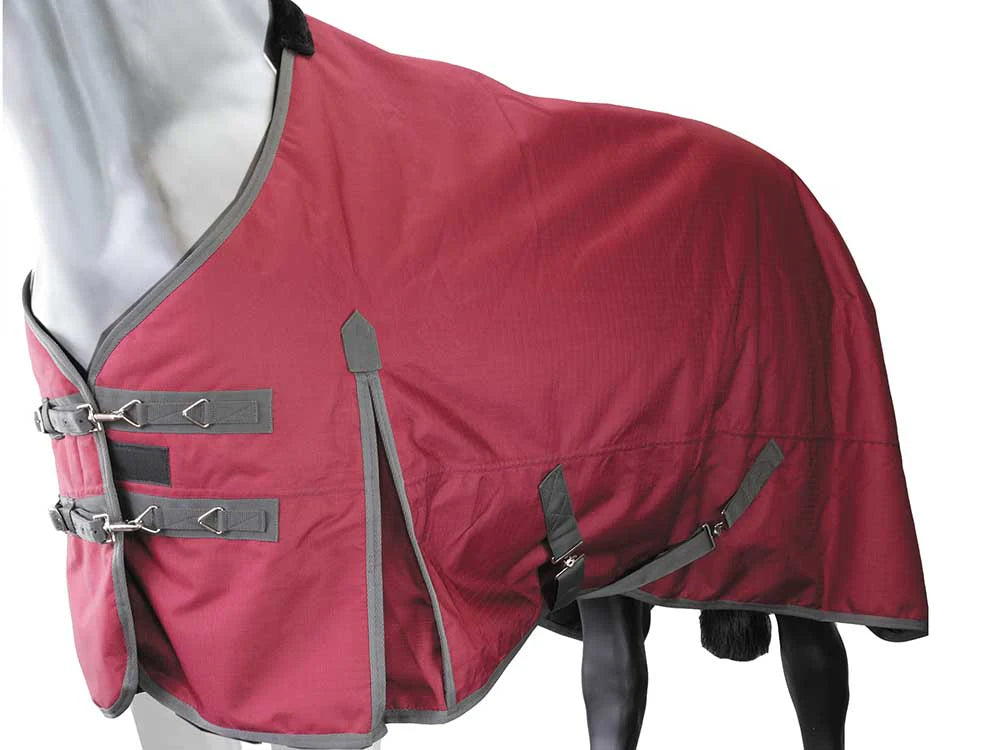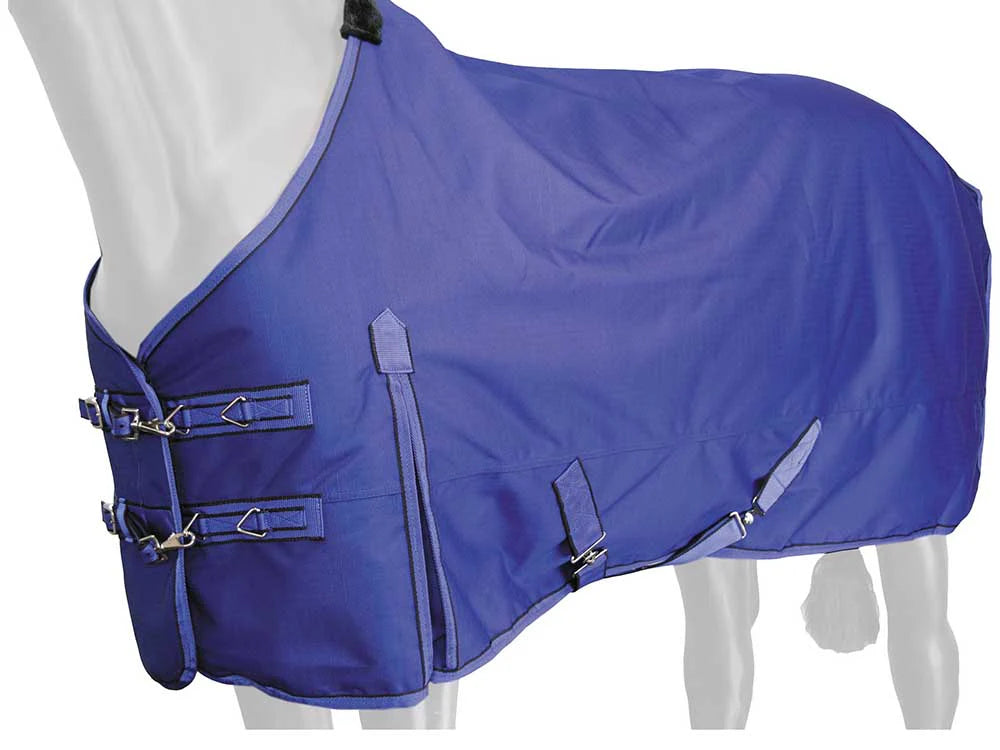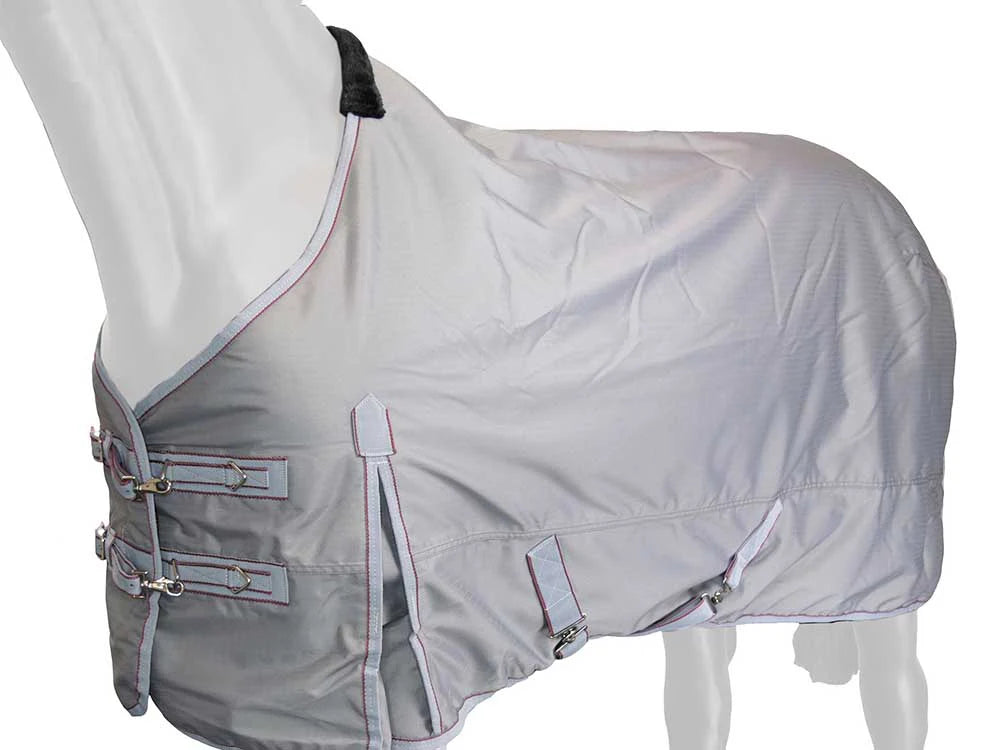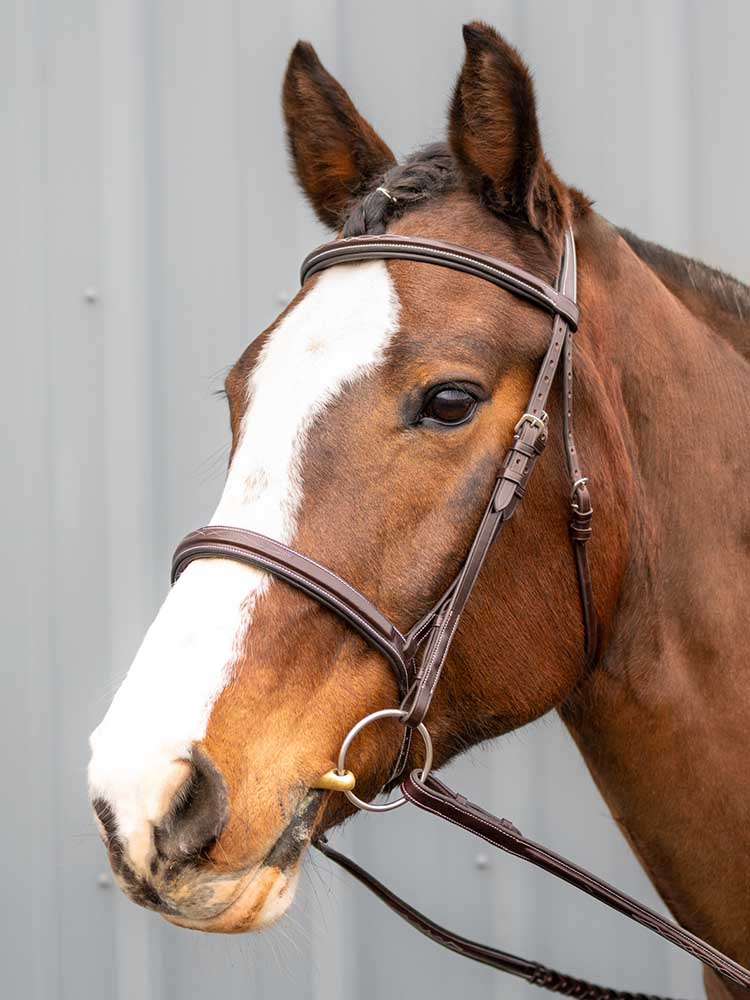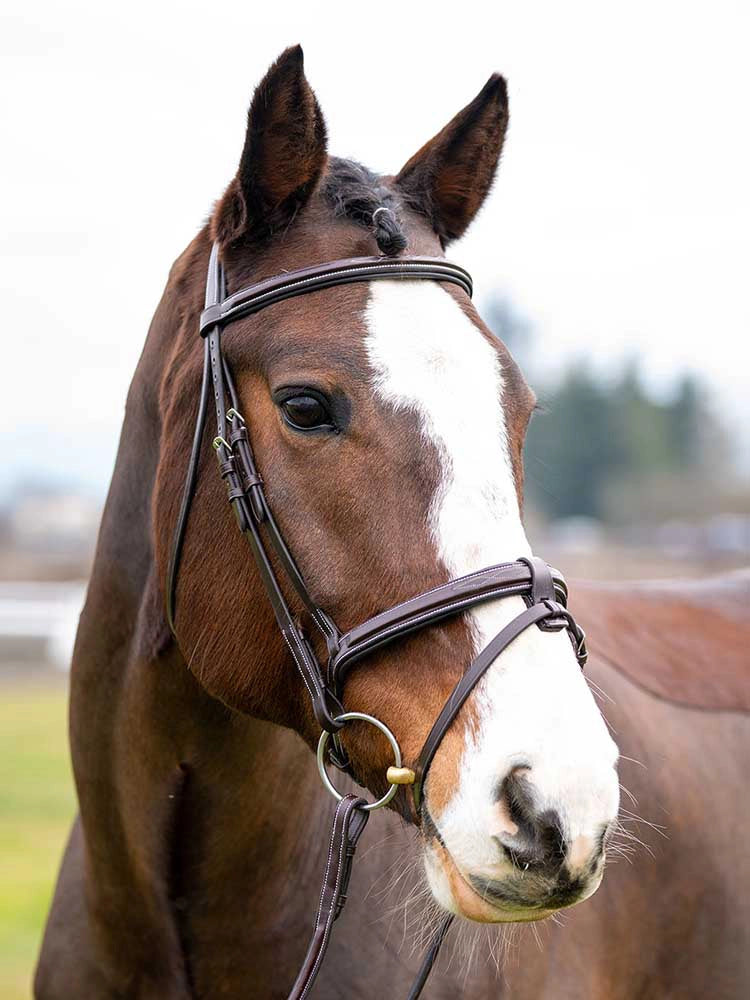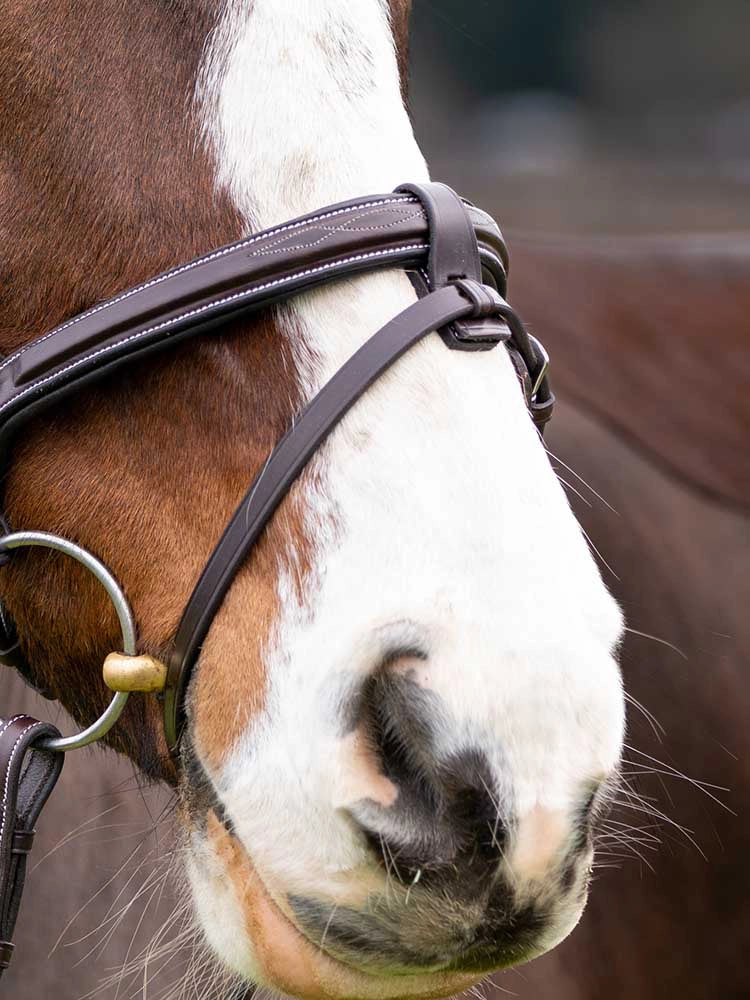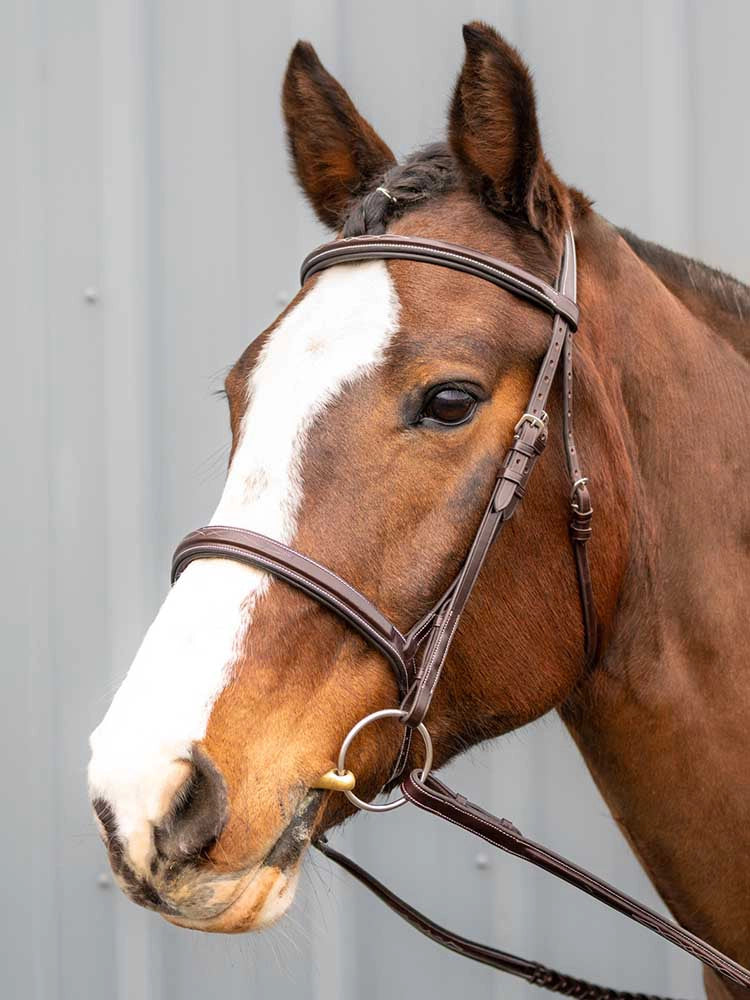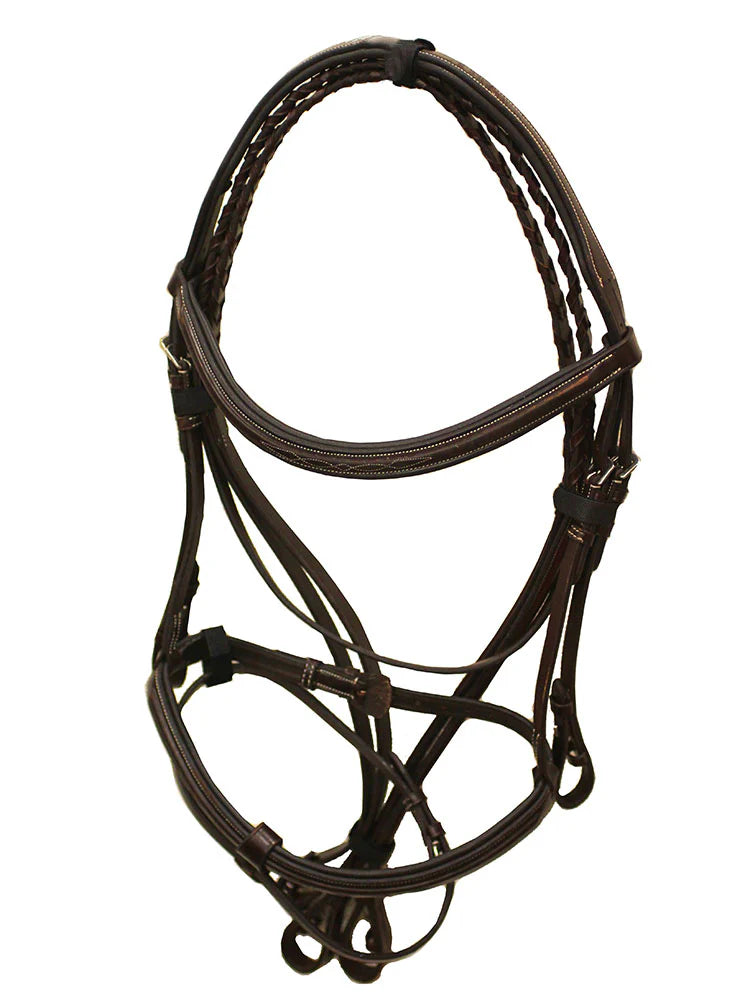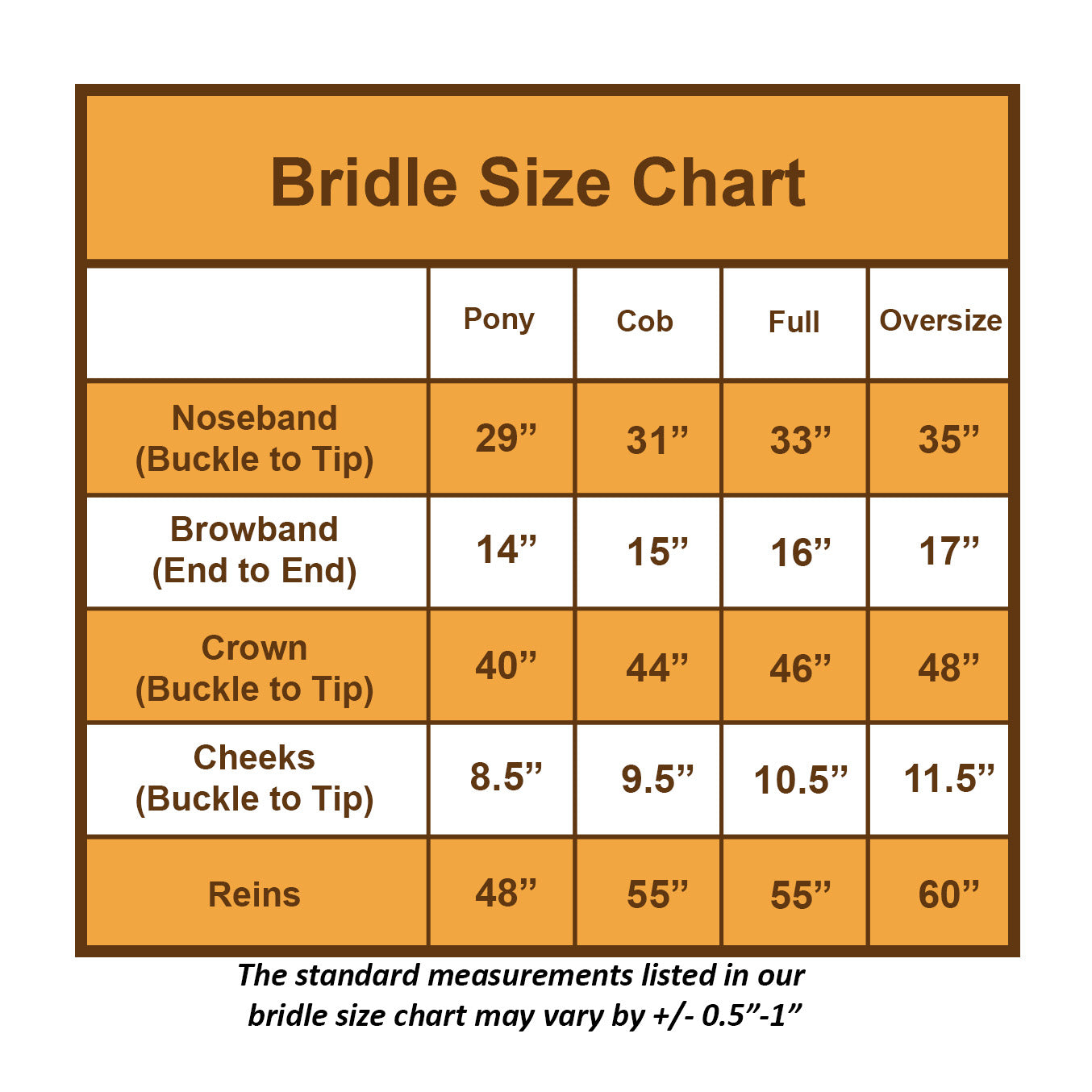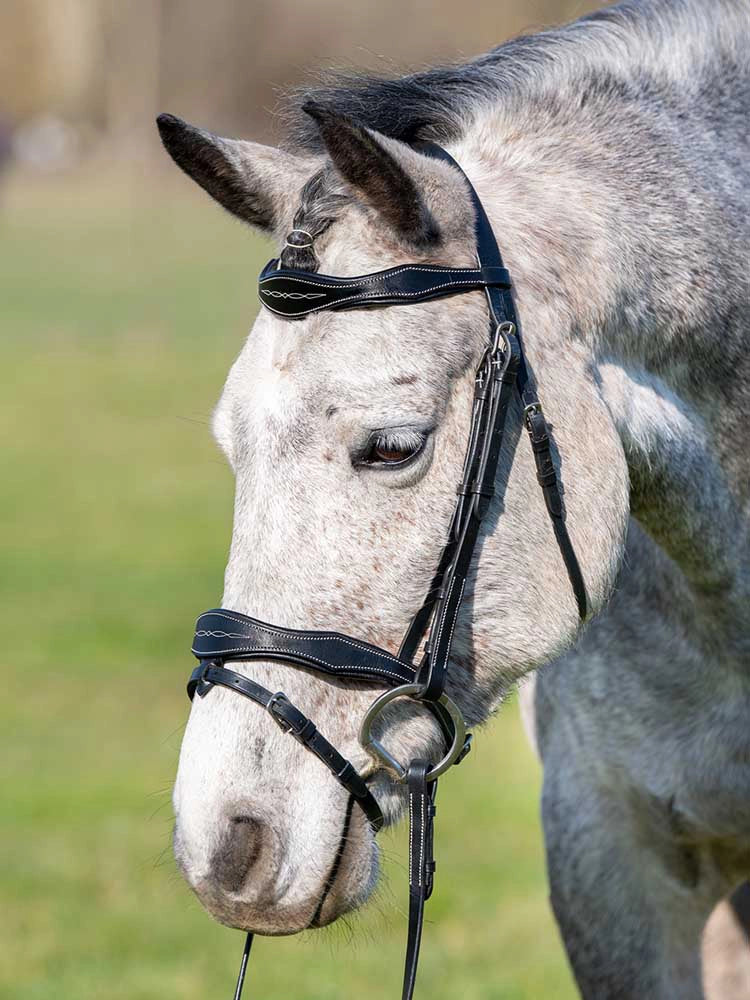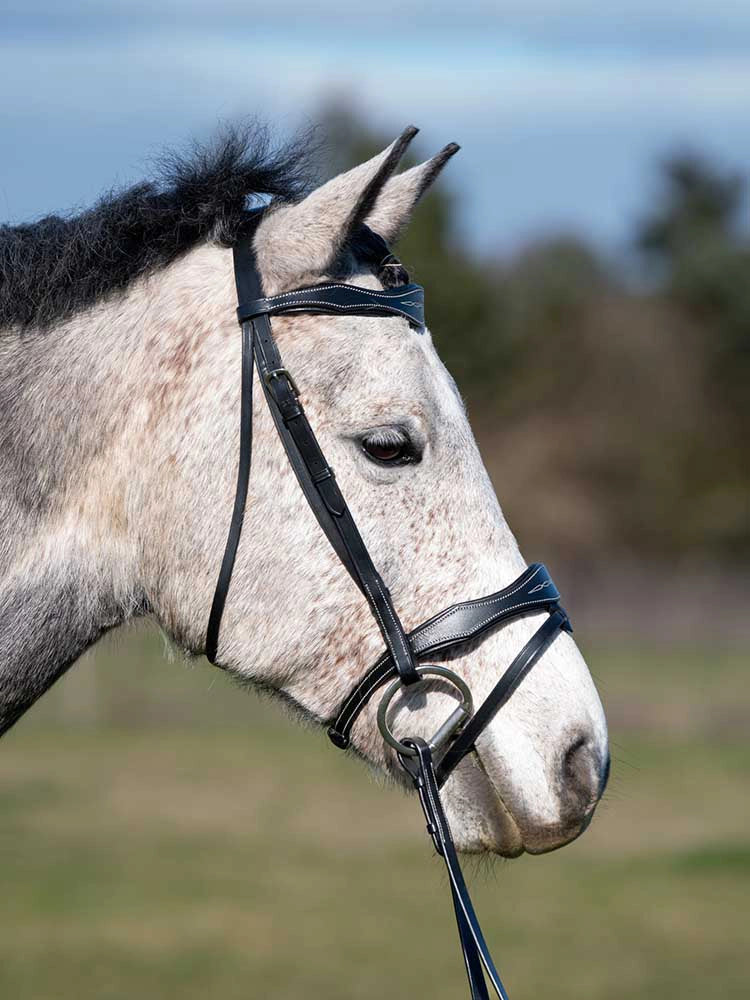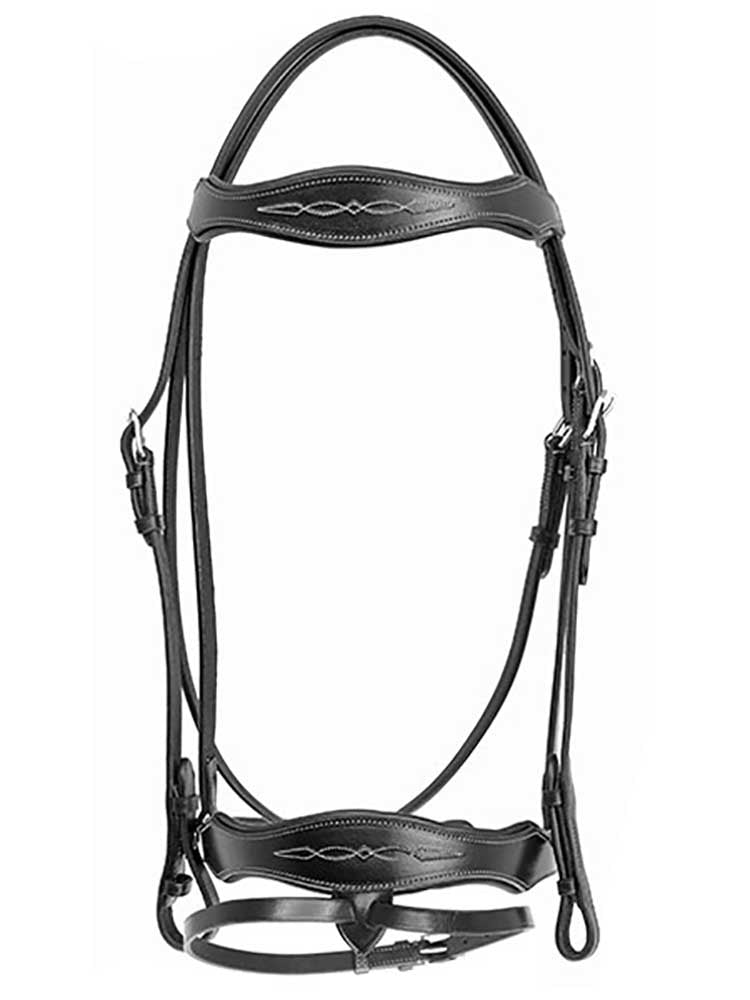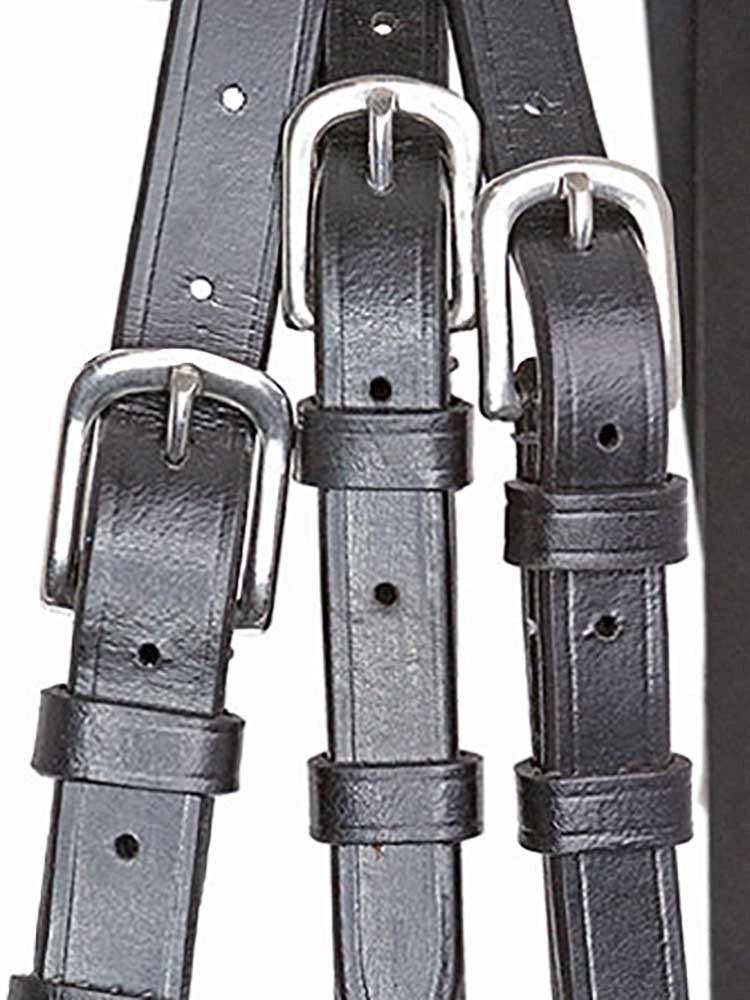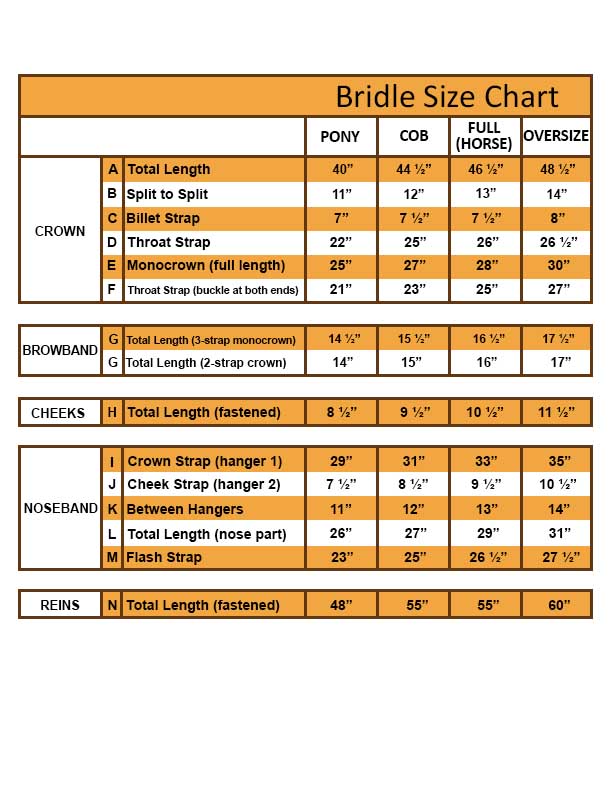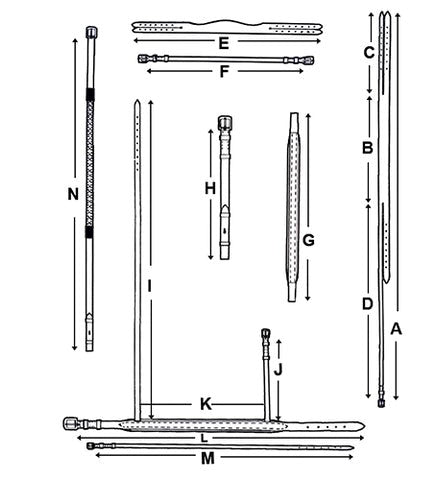Choosing the right bridle for your horse isn’t just about aesthetics. It’s about comfort, communication, and safety. Whether you’re new to horse riding or an experienced equestrian, understanding how a bridle works, how to fit it properly, and which type to use for different disciplines is essential. This guide will walk you through everything you need to know about horse bridles: types, parts, proper fitting, and how to choose the perfect one for your equine partner.
What Is a Horse Bridle?
A bridle is one of the most important pieces of riding equipment. It fits over the horse's head and is used to control and communicate with the horse through pressure on the head and mouth. Typically, the bridle holds a bit in the horse’s mouth and connects to reins held by the rider.
More than just a control tool, the bridle is a communication device. Through rein aids, a rider can guide, slow down, or collect the horse; but only if the bridle fits properly and is suited to the horse’s needs.
There are two major bridle styles:
-
English bridles, used in disciplines like dressage, jumping, and eventing.
-
Western bridles, common in reining, barrel racing, and trail riding.
Main Parts of a Horse Bridle
Understanding the components of a bridle will help you adjust, clean, and choose the best one for your horse.
Headpiece (Crownpiece)
The main strap that sits behind the ears and holds the rest of the bridle together.
Browband
Runs across the horse's forehead. It prevents the headpiece from sliding back and can be purely functional or decorative.
Cheekpieces
Connect the headpiece to the bit. Adjusting their length affects the height of the bit in the horse’s mouth.
Bit
Sits in the horse’s mouth between the teeth. It delivers rein pressure to the horse’s tongue, bars, and lips. (There are bitless options too.)
Noseband
Wraps around the horse’s nose. Its purpose is to keep the bridle stable and discourage mouth-opening or resistance.
-
Cavesson: Standard, placed just below the cheekbone.
-
Drop Noseband: Lies lower on the nose.
-
Figure 8 (Grackle): Crosses over the nose in a figure-eight shape, allowing for more nasal expansion.
-
Flash: A small strap attached to the cavesson for added bit stability. It’s often seen on bridles like the Shadow Creek Padded Flash Bridle, which offers padded comfort and stability.
Throatlatch
Buckle that goes under the throat to prevent the bridle from slipping off over the horse's head.
Reins
Attached to the bit and held by the rider to communicate rein aids.
Types of English Bridles
Choosing a bridle depends on your riding discipline and your horse’s needs. Here are the most common English bridle types:
1. Snaffle Bridle
-
Most common type, used in nearly all disciplines.
-
One bit, one set of reins.
-
Often features a cavesson or a cavesson with a flash.
For an elegant snaffle option, consider the Santorini Snaffle Bridle, which features refined styling and soft padding.
2. Double Bridle (Weymouth or Full Bridle)
-
Used in upper-level dressage.
-
Two bits: a bridoon (snaffle) and a curb.
-
Two sets of reins for refined communication.
-
Only for advanced riders with soft hands.
3. Drop Noseband Bridle
-
Keeps the mouth closed, placing gentle pressure lower on the nose.
-
Good for horses who open their mouths or resist bit contact.
4. Figure 8 (Grackle) Bridle
-
Seen in show jumping, cross-country, and polo.
-
Allows for better nasal expansion while keeping the mouth closed.
Try the Augusta Figure 8 Bridle, designed for high-performance horses that need freedom to breathe and move.
5. Bitless Bridle / Hackamore
-
No bit; pressure is applied to the nose and poll.
-
Ideal for horses with mouth sensitivity or injuries.
-
Not allowed in all competition settings.
Quick overview of western bridles
Western bridles differ in construction and function:
-
Minimalist design: Often lacks a browband or noseband.
-
Bitless options:Hackamores and bosals are common.
-
One-handed riding: Western bridles are built to accommodate neck reining, requiring less rein contact.
Western bridles don’t typically include a noseband or browband, and they rely more on neck reining and rider balance than direct rein contact. If you’re riding Western, proper fit and bit selection are still just as important. For detailed insights, visit our guide onThe Perfect Western Bridle, where we break down how to balance function, fit, and Western style.
How to Fit a Bridle Correctly
A poorly fitted bridle can cause discomfort, behavioral issues, or even injury; and often, riders don’t realize it until problems arise. That’s why proper bridle fit is non-negotiable for your horse’s health and performance.
Looking for a beautifully crafted bridle that’s built for comfort and anatomical fit? The Berlin Dressage Bridle features a padded monocrown and wide crank noseband. It’s perfect for refined control without sacrificing comfort.
If you're looking for a deeper dive into fit-related pitfalls and their long-term impact, don’t miss our in-depth guide:Bridles That Fit: Your Horse’s Success Depends on It.
Choosing the Right Bridle
There’s no one-size-fits-all bridle. Consider the following:
Discipline
-
Dressage: Often uses flash, crank, or double bridles.
-
Jumping: Figure 8 or flash nosebands are common.
-
Trail or schooling: A simple snaffle may suffice. The Eco Leather Bridle is budget-friendly and soft right out of the box.
Horse Sensitivity
-
Sensitive horses may prefer anatomical bridles or bitless options.
-
Horses that resist contact may benefit from a properly fitted flash.
Sensitive horses may do better in anatomical or padded monocrown designs, such as the Marco Simone Italian Leather Bridle.
Rider Skill
-
Novice riders with unsteady hands might consider a flash to stabilize the bit.
-
Advanced riders can use more refined tack like the double bridle.
Aesthetics & Fit
-
Bulkier bridles often look better on horses with larger heads.
-
Sleeker, narrower bridles suit finer faces.
Bridle vs. Halter vs. Headstall
| Feature | Bridle | Halter | Headstall |
|---|---|---|---|
| Purpose | Riding & control | Leading, tying | Western bridle (no noseband) |
| Bit included | No | No | No |
| Reins attached | Sometimes | No | Sometimes |
| Pressure areas | Mouth, poll, nose | Nose, poll | Poll, mouth |
Horse bridles FAQs
Can I ride bitless in competitions?
It depends on the discipline and governing body. Most dressage events require a bit, while bitless bridles may be allowed in endurance or trail competitions.
How tight should a noseband be?
Loose enough to fit two fingers between the nose and the band, unless you're using a crank, then it should still allow light movement.
Can I use one bridle for everything?
You can, but make sure it suits both your horse's comfort and your discipline’s requirements. The Murphy’s Classic Bridle is a great all-rounder.
My horse keeps opening its mouth, what should I do?
Check bit fit and consider a flash or drop noseband. But first, rule out dental issues or discomfort.
Find bridles at Grewal Equestrian
The bridle is far more than just a leather strap. It’s a direct communication line between you and your horse. Whether you’re schooling, jumping, competing, or simply trail riding, a properly fitted, discipline-appropriate bridle helps both you and your horse perform at your best. Always prioritize your horse’s comfort, and don’t be afraid to try different styles to find what works best.





